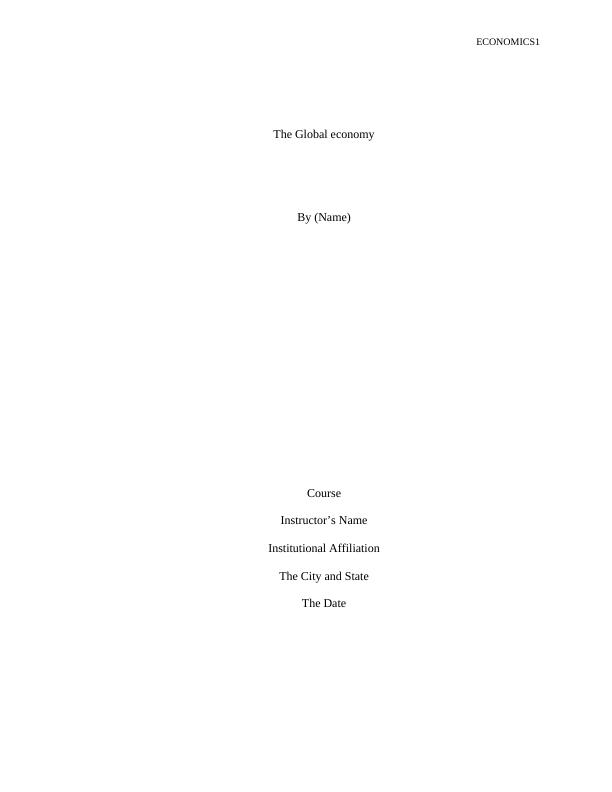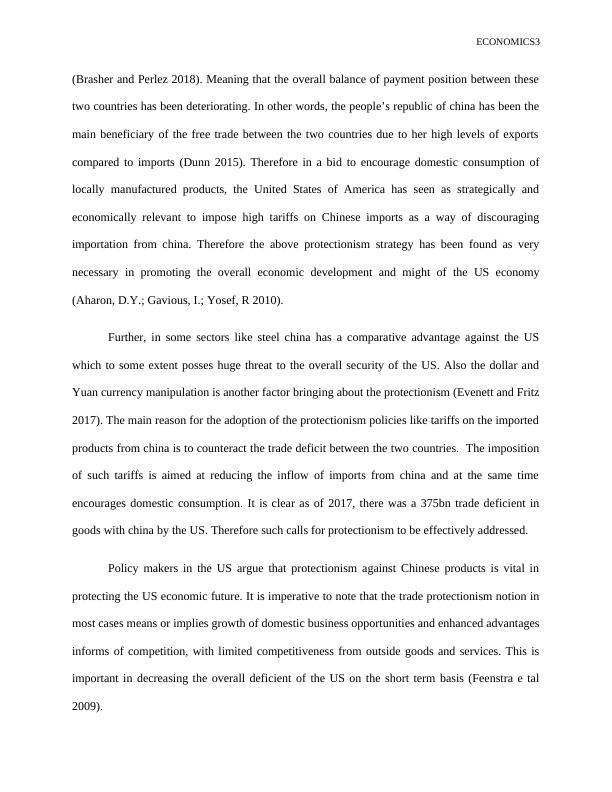The Global Economy
Answer any two questions on the global economy with a word limit of 1200 words for each question. The answers should be properly referenced and conform to an essay structure.
11 Pages2990 Words264 Views
Added on 2023-04-22
About This Document
This article discusses the impact of protectionism on the global economy, with a focus on the US trade protectionism policy. It explores the reasons behind the policy and its implications on trade deficit and domestic industries. The article also highlights the factors affecting cross-border mergers and acquisitions in both developing and developed countries, and the challenges of data interpretation in this field.
The Global Economy
Answer any two questions on the global economy with a word limit of 1200 words for each question. The answers should be properly referenced and conform to an essay structure.
Added on 2023-04-22
ShareRelated Documents
End of preview
Want to access all the pages? Upload your documents or become a member.
Bolivia’s Trade History Report
|11
|4156
|54
US-China Trade War
|14
|2900
|18
International Trade and Policies to Solve the Problem
|7
|1327
|160
Assignment on Macroeconomics Solved
|7
|1374
|66
Understanding the Impact of Imposing Tariffs on Chinese Imports: International Economics Analysis
|6
|1063
|264
Pros and Cons of USA-China Trade War and Protectionist Policy
|11
|3273
|371




